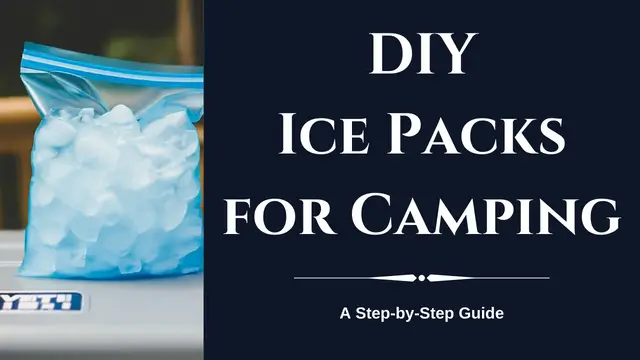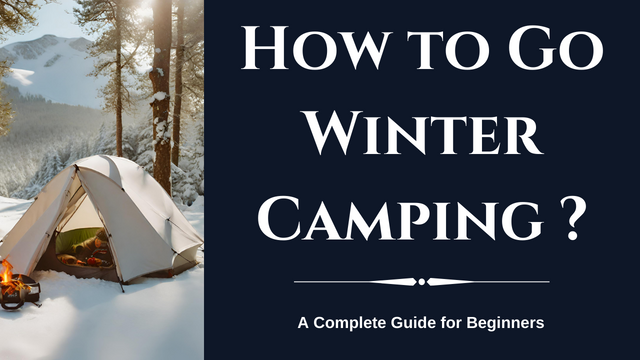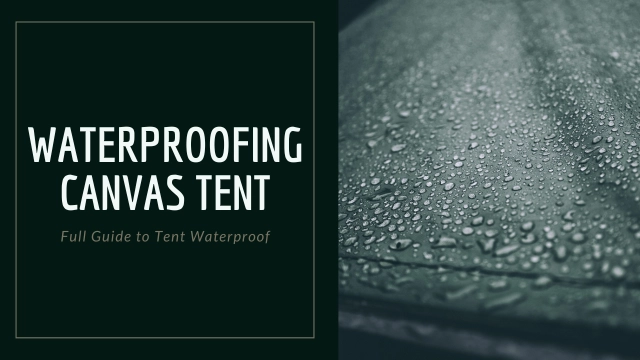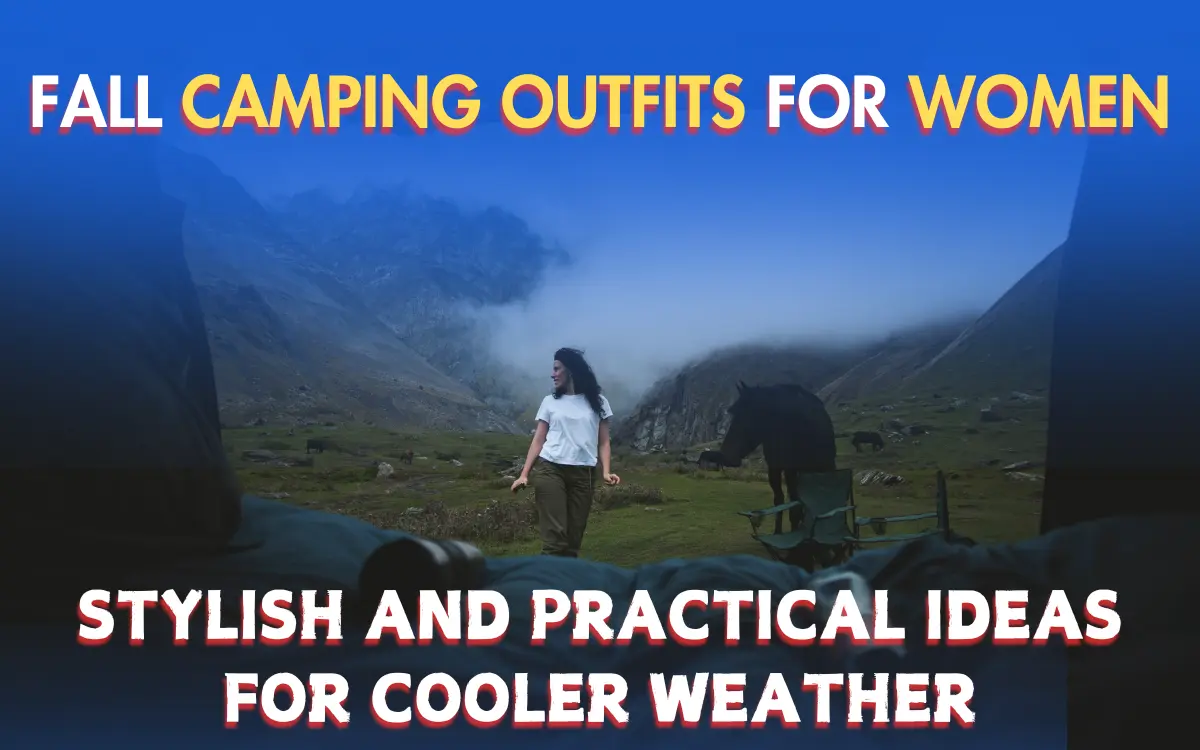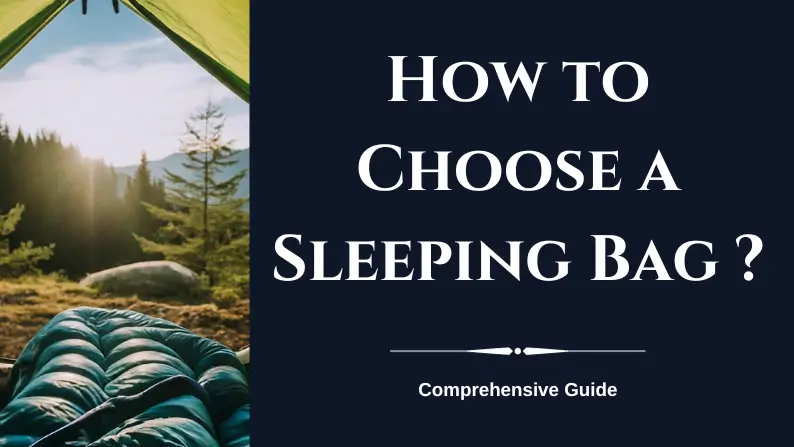How long do sleeping bags last
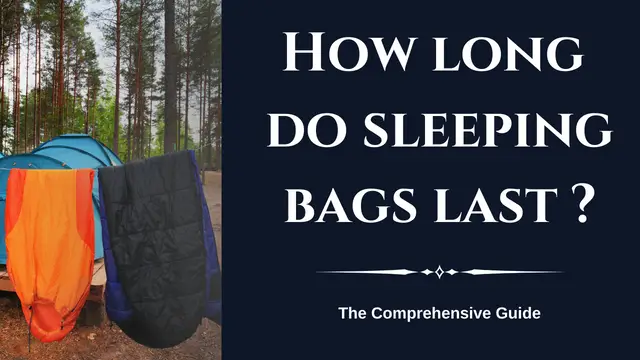
Sleeping bags are an essential piece of gear for campers and backpackers. They keep you warm and comfortable at night, so that you can get a good night’s sleep and be ready for your next day of adventure. But how long do sleeping bags last?
The lifespan of a sleeping bag depends on a number of factors, including the type of insulation, the quality of construction, and how well you care for it. In general, synthetic sleeping bags last for 3-4 years with regular use, while down sleeping bags can last for 10-15 years or even longer.
In this article, we’ll discuss the factors that affect the lifespan of a sleeping bag, and provide tips on how to care for your sleeping bag so that it lasts as long as possible.
How do types of insulation affect the lifespan of sleeping bags?
As a pro camper, I can tell you that the type of insulation used in a sleeping bag is one of the most important factors to consider when choosing one.
Insulation is what keeps you warm and comfortable at night, and it also affects the lifespan of your sleeping bag.
There are two main types of insulation used in sleeping bags: down and synthetic.
1. Down insulation
Down insulation is made from the soft, fluffy feathers of geese or ducks.
It’s the lightest and most compressible type of insulation, making it ideal for backpacking and other camping trips where weight and space are a concern. Down is also incredibly warm, even in wet conditions.
It can last for many years with proper care. With regular use, a down sleeping bag can last 10 years or more. But, down is susceptible to mold and mildew, so it’s important to keep it dry and clean.
2. Synthetic insulation
Synthetic insulation is made from a variety of synthetic materials, such as polyester, nylon, and acrylic.
It’s heavier and less compressible than down, but it’s also less expensive and more durable. Synthetic insulation is also a good choice for wet conditions, as it doesn’t absorb water as easily as down.
Synthetic insulation bags typically have a shorter lifespan than down sleeping bags, lasting 3–4 years, where they start losing their resilience and performance after a year or two with regular use. But it’s more durable and better resistant to moisture.
Here is a table that summarizes the key differences between down and synthetic insulation:
| Characteristic | Down | Synthetic |
|---|---|---|
| Warmth | Warmer | Cooler |
| Compressibility | More compressible | Less compressible |
| Durability | Less durable | More durable |
| Moisture resistance | Less moisture resistant | More moisture resistant |
| Price | More expensive | Less expensive |
| Lifespan | 10+ years with proper care | 3-4 years, but some can last longer |
Which type of insulation is best for you?
The best type of insulation for you depends on your individual needs and preferences.
If you’re looking for a lightweight and compressible sleeping bag that’s ideal for backpacking and other camping trips where weight and space are a concern, then down insulation is the best choice.
But, if you’re looking for a more durable and affordable sleeping bag that’s good for wet conditions, then synthetic insulation is a better option.
Read more about the Best Sleeping Bags For Desert Camping
The Quality of Construction and How It Affects Lifespan
I’ve had my fair share of sleeping bags. Some have been great, while others have been… less than stellar.
Over the years, I’ve learned that the quality of construction has a big impact on the lifespan of a sleeping bag.
One of the most important factors to look for is the quality of the materials used. High-quality sleeping bags will be made with durable materials that can withstand repeated use and abuse. This includes things like the fabric, zippers, and stitching.
- Stitching: The stitching on a sleeping bag should be tight and even. Any loose stitching is a sign of poor workmanship and could lead to the bag coming apart prematurely.
- Fill: The type of fill used in a sleeping bag can also affect its lifespan. Synthetic fill is generally more durable than down fill, but down fill is warmer and lighter. If you choose a down sleeping bag, make sure it is made with high-quality down that is properly insulated.
- Shell material: The shell material of a sleeping bag should be durable and water-resistant. Some popular shell materials include nylon, polyester, and Gore-Tex.
- Zippers: The zippers on a sleeping bag should be high-quality and easy to operate. Zippers that stick or break can be frustrating and can even damage the sleeping bag.
Another important factor is the construction itself. A well-constructed sleeping bag will be evenly sewn with no loose threads or gaps. The baffles (the chambers that hold the insulation) should also be well-made and evenly distributed.
How do You choose a sleeping bag with good construction?
- Look for a sleeping bag that is made with high-quality materials, such as rip-stop nylon or polyester.
- Check the stitching to make sure it is even and tight.
- Make sure the baffles are well-made and evenly distributed.
- Avoid sleeping bags with zippers that are flimsy or difficult to use.
A high-quality sleeping bag with good construction can last for many years, even with heavy use.
This makes it a worthwhile investment for any camper, while a sleeping bag with poor construction is likely to start tearing or falling apart after just a few uses.
This can lead to drafts and heat loss, making it difficult to stay warm and comfortable at night.
Recommended Reading: How To Attach A Sleeping Bag To A Backpack
Tips to Extend Your Sleeping Bag’s Lifespan
No matter what type of insulation you choose, there are a few things you can do to extend the lifespan of your sleeping bag:
- Keep it clean and dry. Down and synthetic insulation are both susceptible to mold and mildew, so it’s important to keep your sleeping bag clean and dry. If you get your sleeping bag wet, be sure to dry it out completely before storing it.
- Store it properly. When you’re not using your sleeping bag, store it in a cool, dry place. Avoid storing it in a damp basement or attic.
- Use a liner. Using a sleeping bag liner can help to keep your sleeping bag clean and extend its lifespan. Sleeping bag liners are also a good way to add extra warmth to your sleeping bag if needed.
- Wash your sleeping bag according to the manufacturer’s instructions.
- Avoid compressing your sleeping bag for long periods of time.
How Do you Know If your Sleeping Bag is Bad?
While I’ve always taken good care of my sleeping bags, all sleeping bags eventually need to be replaced.
If you’re experiencing any of the following signs, it’s time to start thinking about getting a new sleeping bag:
- You’re not sleeping as warmly as you used to. Even if you’re wearing the same clothes and using the same sleeping pad, if you’re waking up cold at night, it’s a sign that your sleeping bag is losing its insulation.
- Your sleeping bag is compressed and lumpy. Over time, sleeping bags can lose their loft, which means they won’t trap as much heat. If your sleeping bag is looking flat and lumpy, it’s time for a new one.
- Your sleeping bag is torn or damaged. If your sleeping bag has any holes or tears, it won’t be able to keep you warm as effectively. Even small holes can allow heat to escape.
- You’re using your sleeping bag more often. The more you use a sleeping bag, the faster it will wear out. If you’re camping every weekend, you’ll need to replace your sleeping bag sooner than someone who only camps a few times a year.
Personally, I recommend replacing your sleeping bag every 5-7 years, depending on how often you use it and the type of insulation it has. If you take good care of your sleeping bag, it can last even longer.
Read more about: How To Increase The R-Value Of Your Sleeping Pad
Tips for Buying The Right Sleeping Bags
- Consider your needs. What kind of camping do you do? What temperatures do you typically camp in? How important is weight and packability? Once you know what you need, you can start narrowing down your choices.
- Read reviews. Once you’ve found a few sleeping bags that meet your criteria, read reviews from other campers. This can help you learn more about the pros and cons of each bag and make an informed decision.
- Try on a sleeping bag before you buy it. Sleeping bags come in different sizes and shapes, so it’s important to try one on before you buy it. Make sure the bag is long enough and wide enough for you, and that the hood fits snugly around your head.
Getting a new sleeping bag can be a big investment, but it’s worth it to have a sleeping bag that will keep you warm and comfortable on all of your camping adventures.
